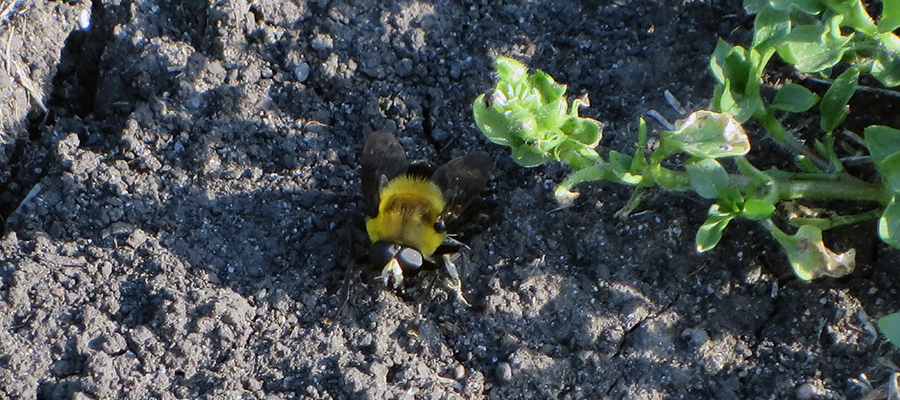
Pollinators on the Prairie
- Matt Zaske
- June 29, 2020
- 3 minutes
One of the things I've always enjoyed about our little home on the prairie is the fact we've always a selection of various critters or insects beneficial to the larger environment. Part of this is bolstered by the fact we live across the road from several hundred acres of waterfowl production area owned and managed by the US Fish and Wildlife service. This area isn't native prairie, but it is largely undisturbed relatively native plant species beneficial for the habitat of waterfowl and all other manner of critter.
We've had relatively good weather this year (comparatively to last year), other than it becoming fairly dry these last few weeks, and that's been a boon to the pollinators we often see throughout the year: bees!
Lots Of Bees!!
About a week and a half ago, when the first run of clover in our yard was in full bloom, I was walking about in the yard on a relatively calm (wind) day. The entire lawn/yard was simply humming with activity, and it didn't take much investigation to see why: there were honeybees everywhere I could see, all busily doing their thing with the clover flowers. Amid the hundreds of bees happily enjoying their time was the occasional big ol' bumble bee, also doing their thing.
If you've never seen something like this, it's truly amazing. There is literally a buzz in the air, and nobody's out to harm anyone. I can walk through the area without issue. If anything it's a reason to let the grass grow for another few days so we don't cut off the clover flowers before the bees are done with them.
This time of year is always fun to see where the pollinators are hanging out. They'll continue to feast off the clover flowers as they come and go in lower number as the summer passes, but by mid-summer they'll be hanging out on our various plants around the house including the delphiniums and the Russian sage. Later in the summer they'll be hanging around some of our more native plants like the coneflowers, rudbeckia, and echinacea.
I've read that some bee and pollinator species might actually overwinter in the stalks of those plants, so we usually don't cut them back too far in the fall.
It's also nice to know that in this time of pollinator collapse and concern, combined with climate change, that we might be doing more than our little part to help the little critters survive.
Headline image © Matt Zaske






